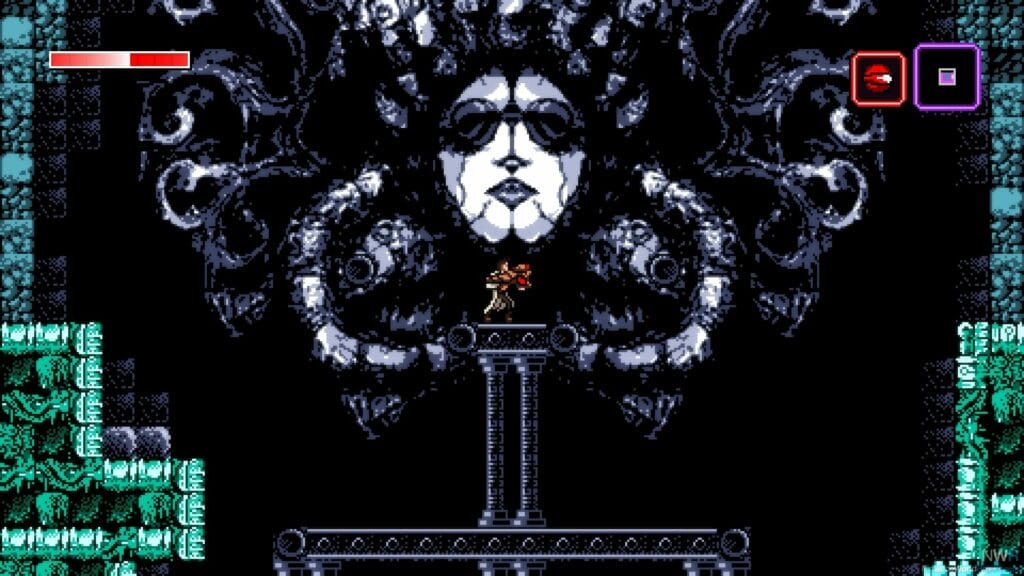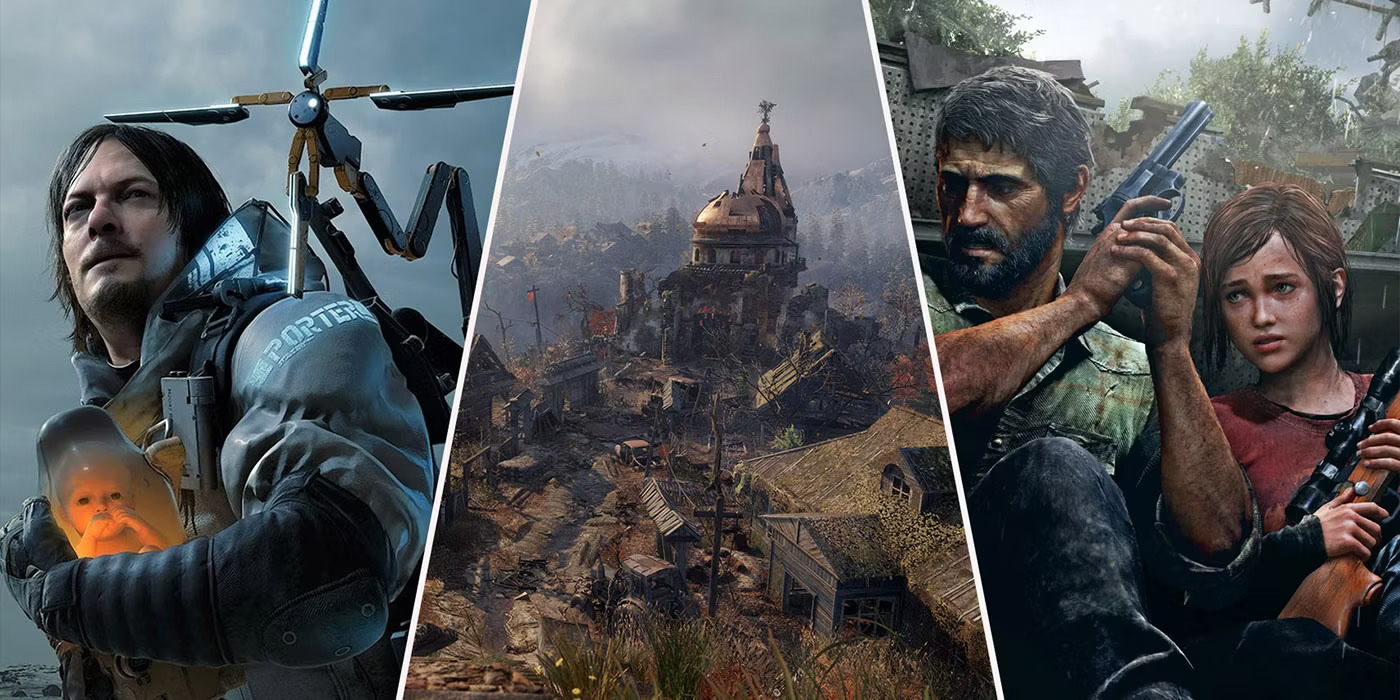Axiom Verge is a critically acclaimed indie game developed by Thomas Happ Games. Released in March 2015, the game pays homage to classic Metroidvania-style titles while introducing its unique twists and innovations. Here’s a detailed exploration of what makes Axiom Verge an exceptional game:
Plot and Setting
Axiom Verge is set in the mysterious, alien world of Sudra. The story begins with Trace, a scientist who suffers a catastrophic accident during a lab experiment. He awakens in a strange, high-tech, yet decaying environment, guided by a mysterious voice. As Trace explores Sudra, he uncovers secrets about the world, its ancient civilization, and his role in its potential salvation or destruction.

Gameplay Mechanics
The game embraces the Metroidvania genre, characterized by exploration, platforming, and nonlinear progression. Key gameplay elements include:
- Exploration: Players navigate through interconnected rooms and areas, each with its distinct aesthetic and challenges. The world is filled with hidden paths, secret rooms, and environmental puzzles that require keen observation and creative problem-solving.
- Upgrades and Power-ups: As players progress, they acquire various weapons, tools, and abilities that enhance Trace’s capabilities. These include a drill for breaking through barriers, a grappling hook for reaching new areas, and a lab coat that allows phase-shifting through walls.
- Combat: The game features a wide array of enemies, each with unique behaviors and attack patterns. Players must strategically use their arsenal of weapons, from basic blasters to more exotic armaments, to overcome these foes.
- Glitch Mechanics: One of the game’s most innovative features is the ability to “glitch” the environment and enemies. Using the Address Disruptor tool, players can alter enemy behaviors, reveal hidden platforms, and manipulate the world in unexpected ways.
Visuals and Audio
Axiom Verge adopts a retro aesthetic with pixel art graphics that evoke classic 8-bit and 16-bit games. The detailed sprite work, combined with a distinctive colour palette, creates a haunting and otherworldly atmosphere. The game’s visual style is complemented by its atmospheric soundtrack, composed by Thomas Happ himself, which features ambient, eerie, and sometimes intense tracks that enhance the sense of mystery and exploration.

Narrative and Themes
The game’s narrative is rich with themes of isolation, discovery, and existential dread. As Trace delves deeper into Sudra’s secrets, he encounters remnants of its advanced yet fallen civilization, grapples with his sense of identity and purpose, and faces moral and ethical dilemmas. The story unfolds through in-game dialogues, data logs, and environmental storytelling, allowing players to piece together the history and lore of Sudra.
Following its success, a sequel, Axiom Verge 2, was released in August 2021. The sequel expands on the original’s mechanics and narrative, introducing new characters, abilities, and a parallel world to explore, while maintaining the spirit of innovation and homage that defined the first game.
Have you played Axiom Verge? What’s your favourite Part of Axiom Verge? We’d love to hear from you.
Other things you might want to know:
Is Axiom Verge 1 and 2 connected?
They follow the same story but have different game mechanics and worlds.
Is Axiom Verge 2 hard?
It is a challenge and can be harder that the first.
What is the Axiom Verge about?
Axiom Verge is set in the mysterious, alien world of Sudra. The story begins with Trace, a scientist who suffers a catastrophic accident during a lab experiment. He awakens in a strange, high-tech, yet decaying environment, guided by a mysterious voice. As Trace explores Sudra, he uncovers secrets about the world, its ancient civilization, and his role in its potential salvation or destruction.
Check out other articles by month:







